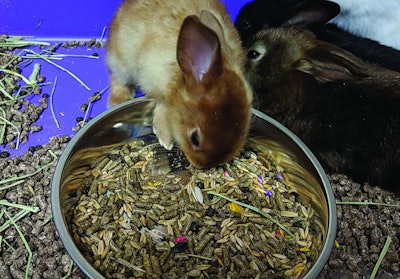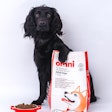
When it comes to pet food, products for small mammals, birds or reptiles often get crowded out by the dominant dog and cat food categories. The market share for “other” pet food — this oft-used term itself places the category as an outlier — varies by country and region according to ownership of such pets, but always is much smaller than the two behemoth species categories.
Which means that pet food brands for small mammals, birds and reptiles — as well as smaller dog and cat food brands — must work harder for attention in a jam-packed marketplace and ever-growing social media sphere. The good news is that a majority of global consumers (51%) said they’re buying a greater variety of brands now than before the pandemic, according to research by NielsenIQ. In addition, 67% said they believe if they look diligently enough, they can find a brand that fits their exact needs.
Not surprisingly in these inflationary times, affordability tops the list of needs, though it falls under a “functional reasons” umbrella that encompasses other offerings within a brand’s value proposition. Overall, 86% of respondents named functional reasons as most important when choosing a brand to buy. Other top selections included emotional reasons (“intangible or reputational qualities/values of a brand,” according to NielsenIQ), chosen by 71%, and brand resonance (“aspects that align to one’s personal or cultural identity”), chosen by 66%.
Smaller brands are perceived to meet those needs best for 48% of global consumers, who said they plan to purchase those more in the future. Delving deeper, the study classified 26% of consumers as “unintentional small brand buyers,” meaning they show a slight small brand preference when it’s convenient. NielsenIQ recommended smaller and medium-sized brands work to engage these consumers to convert them to regular buyers and develop brand loyalty. Another 12% of consumers are exclusive small brand buyers, who deserve rewards to deepen their loyalty and preferences.
Finally, how consumers define the size of brands holds insights. Consumers seem to align traits such as “local,” “independent” and “unfamiliar” with smaller brands, identified by 33%, 31% and 27% of respondents, respectively. That forms a “very compelling baseline” for brand perception, the research report said, suggesting that small and medium-sized businesses strive to “hone and create demand for their strengths as new, different or locally affiliated options for consumer interest.”



















